Summary
Many of us are interested in executing research in a more inclusive way - but don’t know where to start. Drawing from real-life examples, we’ll cover how you can start doing more ethical and inclusive research.
Key Insights
-
•
Inclusive research goes beyond disabilities to include situational, temporary, and identity-based needs.
-
•
About one billion people worldwide live with some form of significant disability, making inclusion essential.
-
•
Inclusive design can expand markets, reduce servicing costs, and uncover unexpected business value.
-
•
Closed captioning benefits not only the hearing impaired but also non-native speakers, multitaskers, and young viewers.
-
•
Products like Guide Beauty’s adaptive makeup tools, co-designed with Selma Blair, serve users with physical challenges and improve usability for all.
-
•
Adaptive clothing is a rapidly growing market that addresses diverse physical needs often overlooked in fashion.
-
•
Financial services face regulatory pressure, especially in the UK, to make credit and loan processes more equitable and inclusive.
-
•
Having diverse research teams encourages asking better questions and detecting potential harms in design decisions.
-
•
Inclusive research often requires extended timelines and more detailed demographic screening to capture varied user needs.
-
•
Legal exposure often drives initial focus on visual accessibility, but true inclusion requires broader and proactive approaches.
Notable Quotes
"Inclusion means creating spaces for people that make them feel they belong."
"It’s not that people are disabled, it’s the combination of needs or preferences that might make a space exclusive for them in the moment."
"If you’re designing for at least yourself on a day where you don’t have your full physical capabilities, you’re designing for inclusion."
"Inclusive research is not about edge cases; it’s about supporting people with permanent, temporary, or situational abilities."
"At least 80 percent of Netflix users were using subtitles at least once a month, showing benefits beyond hearing loss."
"Selma Blair, living with multiple sclerosis, partnered with Guide Beauty to design adaptive makeup tools that are easier for people with tremors to use."
"Financial conduct authorities in the UK are requiring companies to ensure equitable treatment in loan approvals and credit."
"Having a diverse team makes sure you ask the right questions and understand potential harms from many perspectives."
"Companies often start with vision-related accessibility because it has clear legal exposure, but that’s just the start."
"Resources like the US Census, CDC, WHO, and advocacy groups provide important data to build the business case for inclusion."
Or choose a question:

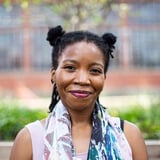


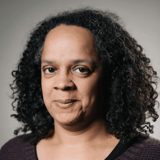
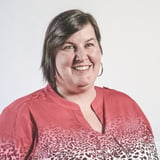

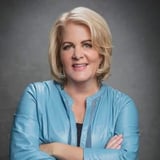


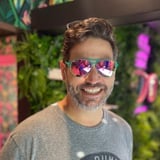

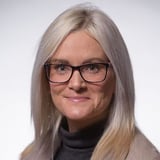

More Videos

"A good story that people can retell is key for global communication, even if it distorts a bit."
Adam Cutler Karen Pascoe Ian Swinson Susan WorthmanDiscussion
June 8, 2016

"UXers are less satisfied than their peers because we have failed to set expectations about the real work of UX in organizations."
Peter MerholzThe Trials and Tribulations of Directors of UX (Videoconference)
July 13, 2023

"In the automotive industry, most safety standards only became mandatory after governments intervened."
Lisa WelchmanCleaning Up Our Mess: Digital Governance for Designers
June 14, 2018

"Transportation must evolve to be more sustainable and accessible for all."
Vincent BrathwaiteOpener: Past, Present, and Future—Closing the Racial Divide in Design Teams
October 22, 2020

"Engineers can be our biggest allies in making really important process changes."
Brenna FallonLearning Over Outcomes
October 24, 2019

"We are all experiencing a spatial collapse, a disruption of our mental models of how we navigate physical and virtual spaces."
Tricia WangSpatial Collapse: Designing for Emergent Culture
January 8, 2024

"We used a Python algorithm with a correlation matrix to identify meaningful clusters from survey responses."
Edgar Anzaldua MorenoUsing Research to Determine Unique Value Proposition
March 11, 2021
"Our brains are terrible at operating only on one type of information, whether object-oriented or context-oriented."
Designing Systems at Scale
November 7, 2018

"You’re never testing an idea purely; you’re always testing the implementation of that idea."
Erin WeigelGet Your Whole Team Testing to Design for Impact
July 24, 2024
















